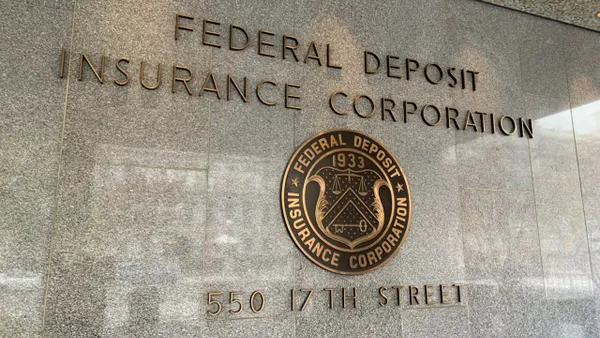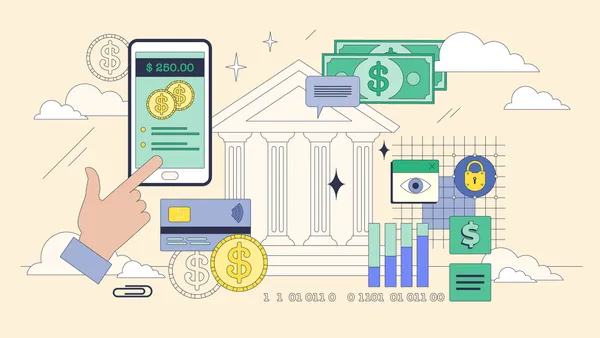The Federal Reserve is developing more tools to aid financial institutions using its FedNow instant payments system in fighting fraud, a FedNow official said recently.
The central bank is focused on adding those features as banks and credit unions on the real-time payments system seek to manage risks and fight fraud on the year-old Fed system.
The Fed’s launch of FedNow in July 2023 was the biggest advance to the U.S. payments system in some 40 years. Development of the system took years, and the Fed is trying to lure U.S. banks and credit unions to adopt the system so payments in the U.S. can be accelerated. While payments can sometimes take days to settle, FedNow can clear them in seconds.
The central bank has already provided tools related to “value limits and negative lists,” but there are more features in the offing, Chief FedNow Executive Nick Stanescu said recently on a fintech podcast.
“We're going to be introducing some new features for correspondent banks that are participating in the service, new ways to help them control some of their liquidity,” Stanescu said July 26 during the Wharton FinTech Podcast. “And also, we're going to be releasing some additional tools that define cumulative value or velocity thresholds,” to give financial institutions the ability to reject payments based on thresholds.
The central bank also expects to keep seeking additional ways to let banks create guardrails. Some participants in a FedNow town hall webcast last year expressed concerns that faster payments could result in faster fraud.
“This is an area where we’re going to continue to focus in terms of releasing additional capabilities and tools,” Stanescu said. He noted users recently mentioning the importance of staying vigilant on this front and tackling the problem of fraud as an industry and working with the private sector to thwart fraud.
The Fed has now added nearly 900 U.S. financial institutions to the FedNow system. While there are about 10,000 banks and credit unions in the U.S., the Fed is targeting the onboarding of about 8,000 of those institutions. The central bank has declined to disclose the payments volume running through the new system.
Stanescu also discussed the challenge of building a system tailored to a wide variety of financial institutions in the U.S.
“One of the key challenges that we faced in the U.S. is not just scale — the number of financial institutions, but also the diversity of banks and credit unions in terms of their knowledge and understanding and readiness for instant payments,” Stanescu said during the podcast.
With an entirely digitized process for onboarding financial institutions, the Fed can integrate financial institutions into the system over eight days, he said. “This is an area where we’re going to keep on improving,” he added.
As for collaboration with third parties in the U.S. with FedNow, Stanescu noted that fintechs seeking to work with financial institutions have a roadmap for those partnerships through its website that facilitate those ties.
















